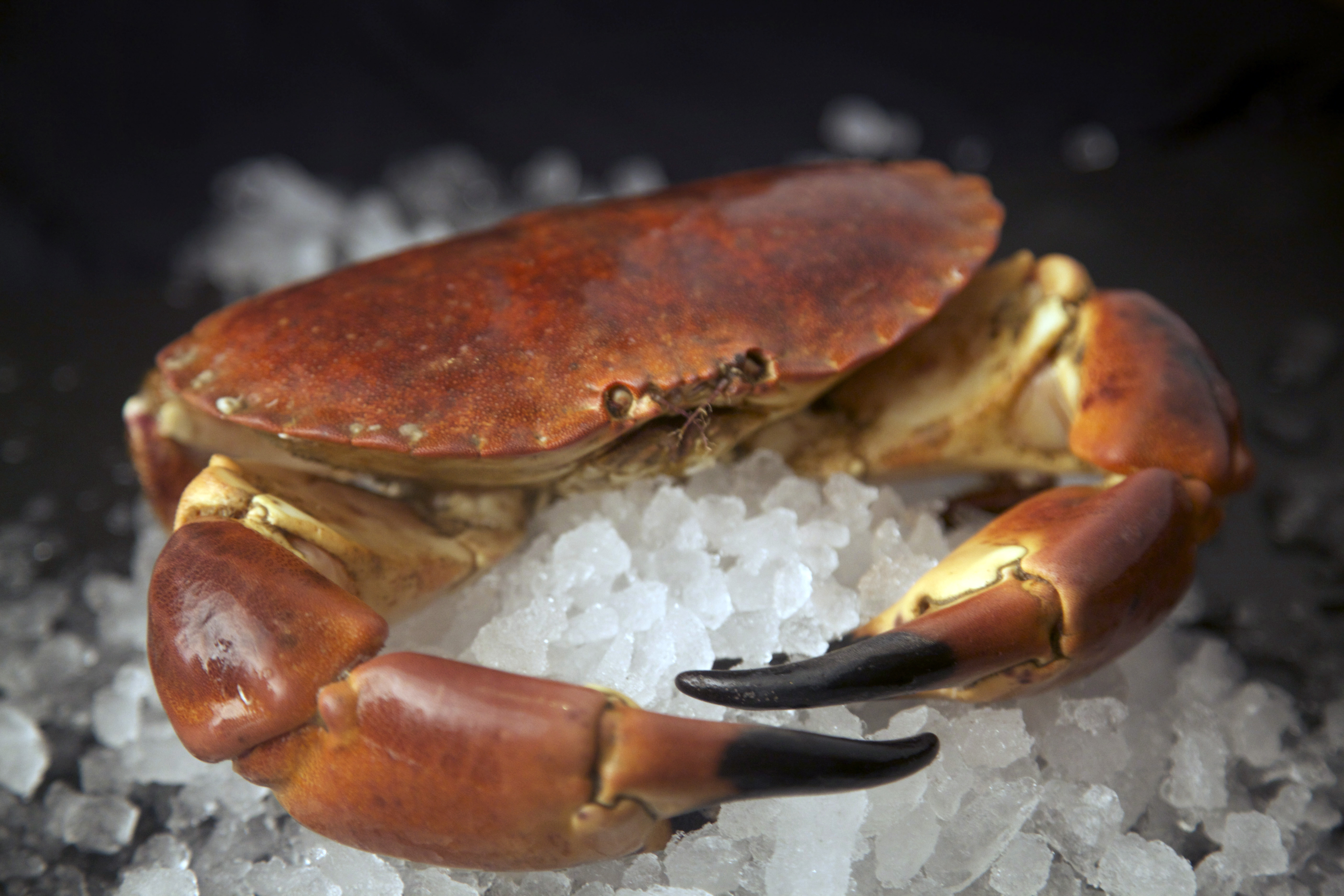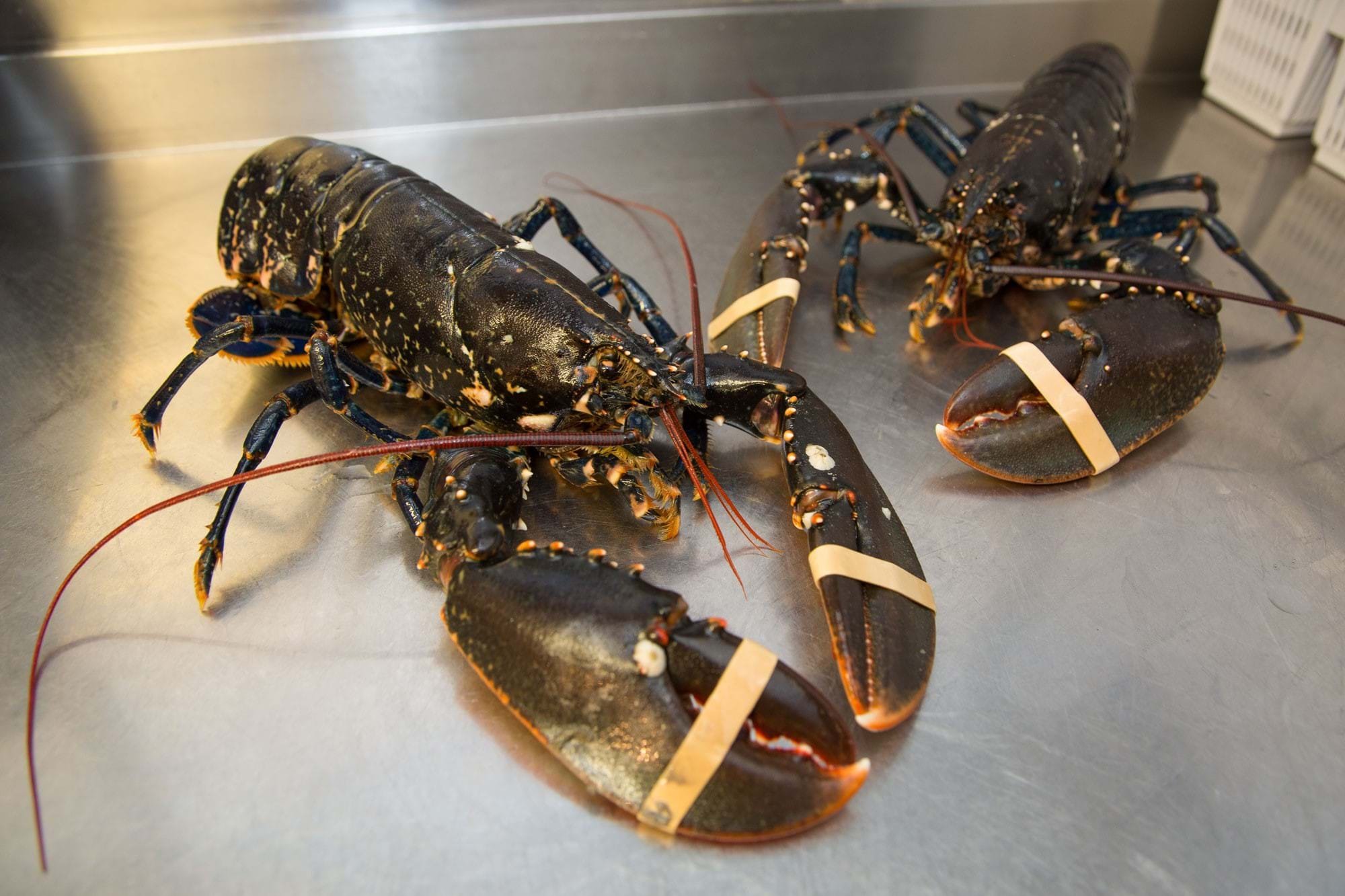Seafood industry focuses on crustacean welfare
The development of best practice guidance for the handling of live shellfish is underway. Work is being driven by the Shellfish Association of Great Britain (SAGB) and the industry-led Crab and Lobster Management Group (CMG), with assistance from us. The project will produce fit for purpose guidance which can be implemented across the shellfish supply chain.
How shellfish are treated has always been important to seafood businesses. The UK industry already implements practices to support animal welfare because crabs and lobsters that are kept alive and in good condition attract the best price.

Responding to the latest research
The renewed focus on crustacean welfare and plan to develop best practice guidance now follows the recent publication of a London School of Economics (LSE) report on sentience in cephalopod molluscs and decapod crustaceans. This research was commissioned by the Department for Environment, Food and Rural Affairs (Defra). Following the publication of the report Defra tabled an amendment to the Animal Welfare (Sentience) Bill.
The research highlighted the importance of ‘codes of best practice’ in ensuring that stress to these animals is minimised. The seafood industry is now taking proactive action to develop guidance for seafood businesses to help protect the welfare of shellfish across the supply chain.
The current project is primarily focused on developing guidance to promote welfare of crustacea – including crabs, lobsters and nephrops. The core principle being applied is that guidance must meet government requirements and must minimise the impact on and cost to businesses.
A two-phase project
Work will be delivered across a two-phase project. The first phase will focus on establishing the most suitable form for the guidance and the most effective way to implement and monitor uptake of the guidance. It will also involve identifying key stakeholders to be involved in developing and establishing guidance and a process to follow throughout to ensure maximum success.
A second phase of activity will focus on establishing the guidance across each part of the supply chain. This will include catching, transportation, wholesale, processing, catering, retail and the import/export trade. The proposed approach is to establish targeted working groups to help develop this guidance at each stage of the supply chain.
While this work is industry led, the project organisers recognise that capturing input from government and the NGO community is essential to ensure the success of this initiative. Representatives from these organisations will be encouraged to participate in the working groups during Phase 2 of the project.

Statements from project partners
David Jarrad, Chief Executive of the SAGB said:
We are pleased to be spearheading this important area of research. While most seafood businesses already have good processes in place to care for their catch, it will be important that all operators understand what good practice looks like and what should be avoided.
We know that many businesses have already taken the necessary steps, but there are some businesses that may need to adapt how they do things. It will be important that we make that job as easy as possible for everyone by producing robust, credible but also easy to follow guidance.
Claire Pescod, Chair of CMG and Head of Sustainability & Science at Macduff Shellfish said:
Ensuring that businesses have access to fit for purpose best practice guidance will benefit animal welfare across the shellfish supply chain. It will support those seafood businesses who are already following the correct procedures and enable other businesses to improve their practices.
The use of best practice guidance protects animal welfare in other countries, such as New Zealand, where it works well.
The seafood supply chain is complex, and it is important that this is recognised. Guidance should be tailored to specific sectors and species. It will be important to develop Government and NGO understanding and engagement with this industry led initiative.
Aoife Martin, our Director of Operations said:
The shellfish sector is worth £565m in export revenue which includes the export of langoustines, crabs and lobster.
The UK seafood industry already uses practices designed to reduce stress to the animal and to maximise the survival of crabs, lobsters, and langoustines as they move through the supply chain. Keeping animals alive is important for economic and food quality reasons and, as the recently published London School of Economics (LSE) report shows, for the welfare of these animals.
As the public body tasked with supporting the UK industry, Seafish is pleased to be working alongside the shellfish industry on this important initiative. We welcome the development of clear best practice guidelines to enable industry to protect shellfish welfare across the supply chain.
Work on Phase 1 of the project is now underway and Dr Katie Smyth has been contracted to work with the project team.
Get in touch
For further information on the project or to register your interest in participating in the guidance development process please contact: